What You Need To Know About Holy Basil -10 Incredible Health Benefits and 7 Therapeutics Uses of Tulsi
Holy Basil: A Comprehensive Guide to Its Health Benefits
Overview
Holy Basil (Ocimum tenuiflorum or Ocimum sanctum), commonly known as Tulsi, is a revered herb in Ayurvedic medicine and holds a significant place in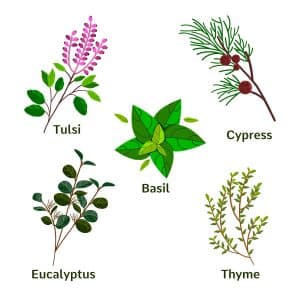
A Brief History of Holy Basil (Tulsi)
Ancient Origins
Holy Basil, known as Tulsi in India, has been revered for over 3,000 years in the Indian subcontinent. Its name, derived from the Sanskrit word “Tulasi,” means “the incomparable one,” reflecting its esteemed status in Hindu culture and Ayurvedic medicine. Ancient texts like the Rigveda (1500-1200 BCE) mention Tulsi, highlighting its sacred and medicinal significance.
Cultural and Religious Significance
Tulsi holds a unique position in Hinduism, where it is considered an earthly manifestation of the goddess Lakshmi, the consort of Vishnu, one of the principal deities. Tulsi plants are often grown in homes and temples, where they are worshipped daily. The plant’s significance is also illustrated in the Vishnu Purana (a key Hindu text), which describes Tulsi as the protector of life, revered for its ability to purify the environment and ward off evil spirits.
Medicinal Use in Ayurveda
In Ayurveda, Tulsi is classified as a “Rasayana,” an herb that promotes longevity and holistic health. Ayurvedic texts, such as the Charaka Samhita (circa 600 BCE), describe Tulsi’s uses in treating various ailments, including respiratory disorders, digestive issues, and skin diseases. It has been traditionally used for its adaptogenic properties, helping the body adapt to stress and restore balance.
Spread and Global Recognition
With the expansion of trade routes and the influence of Indian culture, Holy Basil spread to other parts of Asia and eventually to Europe and the Americas. Its medicinal properties were recognized in traditional Chinese medicine and later in Western herbalism. In recent centuries, scientific studies have validated many of the traditional uses of Holy Basil, leading to its incorporation into modern natural medicine.
Modern-Day Relevance
Today, Holy Basil continues to be valued both in traditional practices and modern health systems. It is used globally as an herbal remedy and dietary supplement, with ongoing research exploring its potential health benefits, including its role in stress reduction, immune support, and chronic disease prevention.
Nutritional Profile
Holy Basil is rich in essential nutrients, including:
- Vitamins: A, C, and K
- Minerals: Calcium, zinc, iron, and magnesium
- Phytochemicals: Eugenol, ursolic acid, rosmarinic acid, apigenin, lutein, and β-caryophyllene
These compounds contribute to the herb’s potent medicinal properties.
Therapeutic Compounds of Holy Basil
Holy Basil (Ocimum tenuiflorum or Ocimum sanctum), commonly known as Tulsi, is rich in various bioactive compounds that contribute to its therapeutic properties. Among these compounds, B-Elemene, E-Caryophyllene, and Methyl Eugenol are particularly noteworthy for their diverse medicinal effects.
B-Elemene
Chemical Structure and Properties
B-Elemene is a sesquiterpene, a type of naturally occurring compound with a 15-carbon backbone, found in the essential oils of Holy Basil. It is known for its distinct aromatic properties and has been the focus of research due to its potential therapeutic effects.
Therapeutic Potential
- Anti-Cancer Activity: B-Elemene has garnered significant attention for its anti-cancer properties. Studies have demonstrated that B-Elemene can inhibit the growth of various cancer cells, including those from lung, breast, and brain cancers. It induces apoptosis (programmed cell death) and disrupts the cell cycle in cancer cells. Additionally, B-Elemene has shown promise in enhancing the efficacy of chemotherapy drugs while reducing their toxicity.
- Anti-Inflammatory Effects: Research indicates that B-Elemene possesses anti-inflammatory properties, making it useful in managing conditions characterized by chronic inflammation. It works by inhibiting the production of pro-inflammatory cytokines and enzymes, which play a key role in the inflammatory process.
- Neuroprotective Effects: Emerging studies suggest that B-Elemene may have neuroprotective effects, potentially offering benefits in the treatment of neurodegenerative disorders such as Alzheimer’s disease.
E-Caryophyllene
Chemical Structure and Properties
E-Caryophyllene is a bicyclic sesquiterpene that is commonly found in the essential oils of many plants, including Holy Basil. It is unique among terpenes due to its ability to interact with the body’s endocannabinoid system.
Therapeutic Potential
- Anti-Inflammatory and Analgesic Effects: E-Caryophyllene is a well-known anti-inflammatory and analgesic agent. It binds selectively to the CB2 receptors in the endocannabinoid system, which are primarily found in the immune system and peripheral tissues. This binding action helps reduce inflammation and pain without producing the psychoactive effects associated with cannabinoids that bind to CB1 receptors.
- Anxiolytic and Antidepressant Effects: E-Caryophyllene has demonstrated anxiolytic (anti-anxiety) and antidepressant effects in animal models. Its ability to modulate the endocannabinoid system suggests its potential use in managing mood disorders.
- Gastroprotective Properties: Research has also shown that E-Caryophyllene can protect the gastrointestinal tract from damage. It has been studied for its potential to treat conditions like colitis, gastritis, and gastric ulcers, largely due to its anti-inflammatory and antioxidant properties.
Methyl Eugenol
Chemical Structure and Properties
Methyl Eugenol is an ether derivative of eugenol, a phenylpropene, and is a major constituent of the essential oil of Holy Basil. It has a sweet, clove-like aroma and is used in various medicinal and culinary applications.
Therapeutic Potential
- Antimicrobial Activity: Methyl Eugenol exhibits strong antimicrobial properties, making it effective against a wide range of bacteria, fungi, and viruses. This compound is particularly useful in treating infections and preventing their spread.
- Insecticidal Properties: Methyl Eugenol is known for its insecticidal and insect-repellent properties. It has been used in various formulations to protect against mosquito bites and other insect-borne diseases.
- Potential Risks and Safety Concerns: While Methyl Eugenol has many beneficial properties, it is important to note that excessive exposure to this compound has been associated with potential risks, including hepatotoxicity and carcinogenicity in animal studies. Therefore, its use in therapeutic applications must be carefully controlled and monitored.
Holy Basil is a rich source of bioactive compounds like B-Elemene, E-Caryophyllene, and Methyl Eugenol, each with unique therapeutic properties. B-Elemene is noted for its anti-cancer and anti-inflammatory effects, E-Caryophyllene for its interaction with the endocannabinoid system to reduce inflammation and anxiety, and Methyl Eugenol for its antimicrobial and insecticidal activities. These compounds collectively contribute to the broad spectrum of health benefits associated with Holy Basil, making it a valuable herb in both traditional and modern medicine.
Health Benefits
Stress Reduction and Adaptogenic Properties
Holy Basil is classified as an adaptogen, a natural substance that helps the body adapt to stress and promotes mental balance. Several studies have shown that Holy Basil can reduce the levels of cortisol, the stress hormone, and enhance the body’s response to stress. Its adaptogenic properties make it a valuable herb for managing anxiety, depression, and other stress-related conditions.
Anti-inflammatory and Antioxidant Effects
The presence of eugenol and rosmarinic acid gives Holy Basil its strong anti-inflammatory and antioxidant properties. These compounds help reduce inflammation and oxidative stress in the body, which are underlying factors in many chronic diseases, including heart disease, diabetes, and cancer.
Immune System Support
Holy Basil is known to enhance immune function, making it a popular choice for preventing infections and supporting overall health. The herb has been shown to increase the production of immune cells, such as T-cells and natural killer cells, which are crucial for fighting off pathogens.
Respiratory Health
Traditionally, Holy Basil has been used to treat respiratory conditions such as asthma, bronchitis, and the common cold. The herb’s anti-inflammatory properties help reduce inflammation in the airways, while its antimicrobial effects can help fight respiratory infections.
Blood Sugar Regulation
Research suggests that Holy Basil can help regulate blood sugar levels, making it beneficial for individuals with type 2 diabetes. The herb has been shown to improve insulin sensitivity and reduce blood glucose levels, which can help manage diabetes and prevent complications.
Heart Health
The anti-inflammatory, antioxidant, and lipid-lowering properties of Holy Basil contribute to cardiovascular health. Studies have shown that the herb can help lower cholesterol levels, reduce blood pressure, and prevent the formation of arterial plaque, thereby reducing the risk of heart disease.
Digestive Health
Holy Basil is also beneficial for digestive health. It can help alleviate indigestion, bloating, and gas, and its anti-inflammatory properties can soothe an irritated gut. The herb has been traditionally used to treat stomach ulcers and promote overall digestive wellness.
Skin and Hair Health
The antimicrobial and anti-inflammatory properties of Holy Basil make it an effective remedy for various skin conditions, including acne, eczema, and fungal infections. It can also promote hair health by strengthening the hair follicles and preventing hair loss.
Cognitive Function and Mental Clarity
Holy Basil has been shown to improve cognitive function and enhance mental clarity. The herb’s adaptogenic properties help reduce mental fatigue and improve focus and memory. It is often used in Ayurvedic medicine to support brain health and prevent cognitive decline.
Anti-cancer Potential
Preliminary studies suggest that Holy Basil may have anti-cancer properties due to its ability to inhibit the growth of cancer cells and induce apoptosis (programmed cell death). The herb’s antioxidant and anti-inflammatory effects also help protect against the development of cancer.
Therapeutic Uses of Holy Basil
Holy Basil (Ocimum tenuiflorum or Ocimum sanctum), also known as Tulsi, is a versatile herb with a wide range of therapeutic applications. Its adaptogenic, anti-inflammatory, and antioxidant properties have been extensively studied, making it a valuable addition to natural medicine.
Support for Thyroid Function
Mechanism of Action:
Holy Basil has shown potential in supporting thyroid function, particularly in cases of hypothyroidism. Research indicates that the herb may help regulate the production of thyroid hormones. The antioxidants in Holy Basil, such as eugenol and rosmarinic acid, protect the thyroid gland from oxidative stress, which can impair its function.
Clinical Evidence:
In animal studies, Holy Basil has been observed to increase the levels of thyroid hormones, suggesting its potential use in treating hypothyroidism. However, more human studies are needed to confirm these effects.
May Lessen Anxiety
Mechanism of Action:
Holy Basil is classified as an adaptogen, a natural substance that helps the body adapt to stress and promotes mental balance. It works by modulating the body’s stress response, reducing the production of cortisol (the stress hormone), and enhancing the activity of neurotransmitters like serotonin and dopamine, which are associated with mood regulation.
Clinical Evidence:
Several studies have demonstrated Holy Basil’s effectiveness in reducing symptoms of anxiety. In a clinical trial, participants who took Holy Basil extract showed significant reductions in anxiety, stress, and depression scores compared to those who took a placebo.
 Supports the Nervous System
Supports the Nervous System
Mechanism of Action:
Holy Basil supports the nervous system by protecting nerve cells from oxidative damage and enhancing neurotransmitter function. Its adaptogenic properties help the body manage stress more effectively, which in turn supports overall nervous system health.
Clinical Evidence:
Animal studies have shown that Holy Basil can protect against neurodegenerative diseases by reducing oxidative stress in the brain. Additionally, its ability to modulate neurotransmitter levels makes it a potential natural remedy for conditions like depression and cognitive decline.
Helps Reduce Inflammation
Mechanism of Action:
The anti-inflammatory effects of Holy Basil are primarily due to its high content of eugenol, ursolic acid, and other bioactive compounds. These compounds inhibit the production of pro-inflammatory cytokines and enzymes, such as COX-2, which are involved in the inflammatory process.
Clinical Evidence:
Holy Basil has been shown to reduce inflammation in conditions like arthritis, inflammatory bowel disease, and other chronic inflammatory disorders. Its anti-inflammatory properties also contribute to its effectiveness in managing pain and reducing the risk of chronic diseases like heart disease and diabetes.
Supports Healthy Blood Glucose Levels
Mechanism of Action:
Holy Basil may help regulate blood glucose levels by enhancing insulin secretion and improving insulin sensitivity. The herb’s antioxidant properties also protect pancreatic beta cells (which produce insulin) from oxidative damage.
Clinical Evidence:
Several studies have found that Holy Basil can lower blood glucose levels in individuals with type 2 diabetes. In a clinical trial, participants who took Holy Basil extract experienced significant reductions in fasting blood glucose and HbA1c levels, indicating better blood sugar control.
Can Regulate Cortisol Levels
Mechanism of Action:
Cortisol, often referred to as the “stress hormone,” plays a key role in the body’s response to stress. While cortisol is essential for survival, chronic elevation of cortisol levels can lead to various health issues, including weight gain, immune suppression, and high blood pressure. Holy Basil helps regulate cortisol levels by modulating the hypothalamic-pituitary-adrenal (HPA) axis, the body’s central stress response system.
Clinical Evidence:
Studies have shown that Holy Basil can reduce cortisol levels in stressed individuals, helping to mitigate the negative effects of chronic stress. This cortisol-regulating effect is a key reason why Holy Basil is considered a powerful adaptogen.
Treats Respiratory Conditions
Mechanism of Action:
Holy Basil has traditionally been used to treat a variety of respiratory conditions, including asthma, bronchitis, and the common cold. Its anti-inflammatory, antimicrobial, and immunomodulatory properties help reduce inflammation in the airways, fight respiratory infections, and boost immune function.
Clinical Evidence:
In clinical studies, Holy Basil has been shown to improve lung function and reduce symptoms in patients with respiratory conditions like asthma and chronic obstructive pulmonary disease (COPD). Its antimicrobial effects also make it effective in treating respiratory infections, such as the flu and pneumonia.
Holy Basil is a powerful herb with a broad spectrum of therapeutic uses. Its ability to support thyroid function, reduce anxiety, support the nervous system, reduce inflammation, regulate blood glucose and cortisol levels, and treat respiratory conditions makes it a valuable natural remedy in both traditional and modern medicine. As research continues to uncover the full potential of Holy Basil, it remains a cornerstone of holistic health practices.
How to Use Holy Basil
Holy Basil can be consumed in various forms, including:
- Tea: Tulsi tea is a popular way to enjoy the benefits of Holy Basil. It can be brewed using fresh or dried leaves.
- Supplements: Holy Basil is available in capsule or tablet form as a dietary supplement.
- Essential Oil: Tulsi essential oil can be used for aromatherapy or applied topically for skin conditions.
- Fresh Leaves: Chewing fresh Holy Basil leaves is a traditional practice for promoting health and wellness.
Risks, Precautions, and Safety of Holy Basil
Holy Basil (Ocimum tenuiflorum or Ocimum sanctum), also known as Tulsi, is widely celebrated for its therapeutic benefits. However, like all herbal remedies, it is important to consider the potential risks, precautions, and safety concerns associated with its use.
- Potential Risks and Side Effects
- Blood Thinning Effects
Holy Basil may have mild blood-thinning properties due to its ability to inhibit platelet aggregation. While this can be beneficial in preventing blood clots, it poses a risk for individuals who are already taking anticoagulant (blood-thinning) medications, such as warfarin, aspirin, or clopidogrel. Combining Holy Basil with these medications can increase the risk of bleeding and should be done with caution. - Impact on Blood Sugar Levels
Holy Basil is known to lower blood sugar levels, making it potentially beneficial for individuals with type 2 diabetes. However, for those already taking medications to lower blood glucose, such as insulin or oral hypoglycemics, there is a risk of hypoglycemia (dangerously low blood sugar levels). Monitoring blood sugar levels closely when using Holy Basil in conjunction with these medications is essential. - Possible Impact on Fertility
Some animal studies suggest that Holy Basil may have an anti-fertility effect, particularly in males. These studies have shown that high doses of Holy Basil extracts can reduce sperm count and motility in male animals, which may be of concern for individuals seeking to conceive. Although the relevance of these findings to humans is not fully established, it is advisable for those concerned about fertility to use Holy Basil with caution. - Allergic Reactions
As with any herbal product, there is a potential for allergic reactions to Holy Basil. Symptoms of an allergic reaction may include itching, rash, difficulty breathing, or swelling of the face, lips, or tongue. If any of these symptoms occur, it is important to discontinue use immediately and seek medical attention.
- Precautions
- Pregnancy and Breastfeeding
There is limited research on the safety of Holy Basil during pregnancy and breastfeeding. Some sources suggest that Holy Basil could stimulate uterine contractions, potentially increasing the risk of miscarriage. Due to the lack of conclusive evidence, it is generally recommended that pregnant and breastfeeding women avoid using Holy Basil or consult a healthcare provider before doing so. - Surgery and Bleeding Disorders
Given its potential blood-thinning effects, individuals scheduled for surgery should discontinue the use of Holy Basil at least two weeks before the procedure to reduce the risk of excessive bleeding. Similarly, individuals with bleeding disorders should use Holy Basil cautiously and under medical supervision. - Interaction with Medications
Holy Basil may interact with various medications, including blood thinners, antidiabetic drugs, and thyroid medications. These interactions can alter the effectiveness of the medications or increase the risk of adverse effects. It is important to consult a healthcare provider before combining Holy Basil with any prescription or over-the-counter medications.
- Safety Considerations
- Dosage and Administration
The safety and efficacy of Holy Basil depend on the appropriate dosage and method of administration. The dosage can vary depending on the form of Holy Basil used (e.g., fresh leaves, dried powder, extract, or essential oil). It is advisable to follow the recommended dosage instructions provided by healthcare professionals or product manufacturers. Exceeding the recommended dosage can increase the risk of adverse effects. - Quality of the Product
The safety of Holy Basil also depends on the quality of the product being used. It is important to purchase Holy Basil from reputable suppliers who ensure that their products are free from contaminants such as heavy metals, pesticides, and adulterants. Choosing products that are certified organic or third-party tested can help ensure their safety. - Long-Term Use
While Holy Basil is generally considered safe for short-term use, the long-term safety of consuming large amounts of the herb has not been well studied. As with any herbal supplement, it is advisable to take breaks from use or rotate with other adaptogenic herbs to reduce the risk of potential adverse effects associated with long-term use.
Holy Basil is a powerful herb with numerous health benefits, but it is important to use it responsibly and with awareness of its potential risks. Individuals with specific health conditions, those taking medications, and pregnant or breastfeeding women should exercise caution and consult with a healthcare provider before incorporating Holy Basil into their regimen. By adhering to recommended dosages and ensuring product quality, the therapeutic benefits of Holy Basil can be enjoyed safely.
After Thoughts
Holy Basil is a potent herb with a wide range of health benefits. Its adaptogenic, anti-inflammatory, antioxidant, and antimicrobial properties make it a valuable addition to a healthy lifestyle. Whether consumed as a tea, as a supplement or used topically, Holy Basil offers numerous health benefits backed by both traditional wisdom and scientific research.
Start incorporating Trace Ocean Mineral Electrolyte into your diet today to help start enjoying its health benefits and experience a revitalized Optimal Health.
For natural and healing remedies, products, and supplements to help you live your most optimal healthy life, visit our store here!
Remember: Own Your Health!
If you enjoyed the information presented in this article, Please Share It. Help us reach more people and keep this website going! Thank you in advance!
Note: The information provided in this article is for educational purposes only and should not be considered medical advice. Please consult with a healthcare professional or registered dietitian before making any significant changes to your diet or lifestyle.
References
- Prakash, P., & Gupta, N. (2005). Therapeutic uses of Ocimum sanctum Linn (Tulsi) with a note on eugenol and its pharmacological actions: A short review. Indian Journal of Physiology and Pharmacology, 49(2), 125-131.
- Singh, S., & Aggarwal, B. B. (1995). Ocimum sanctum (Tulsi) inhibits the growth of cancer cells. Phytotherapy Research, 9(1), 1-6.
- Mediratta, P. K., et al. (2002). Evaluation of the immunomodulatory and antidiabetic effects of Ocimum sanctum. Indian Journal of Experimental Biology, 40(1), 811-816.
- Pandey, G., et al. (2010). Phytopharmacological review of Ocimum sanctum Linn. Indian Journal of Natural Products and Resources, 1(2), 172-175.
- Cohen, M. M. (2014). Tulsi – Ocimum sanctum: A herb for all reasons. Journal of Ayurveda and Integrative Medicine, 5(4), 251-259.
- Bhattacharyya, D., et al. (2008). Ocimum sanctum Linn. (Tulsi): An ethnomedicinal plant for human health. Journal of Ethnopharmacology, 119(1), 1-11.
- Mondal, S., et al. (2009). Anti-stress and adaptogenic activity of Ocimum sanctum (L.) extract: An experimental study in rodents. Journal of Ethnopharmacology, 122(1), 136-140.
- Chopra, A., et al. (1956). Glossary of Indian Medicinal Plants. Council of Scientific & Industrial Research, New Delhi, India.
- Prakash, P., & Gupta, N. (2005). Therapeutic uses of Ocimum sanctum Linn (Tulsi) with a note on eugenol and its pharmacological actions: A short review. Indian Journal of Physiology and Pharmacology, 49(2), 125-131.
- Guo, Y., et al. (2015). Antitumor activity of elemene in multiple cancers: Pharmacology, mechanisms, and clinical application. Oncology Letters, 10(1), 1374-1382.
- Gertsch, J., et al. (2008). E-Caryophyllene is a dietary cannabinoid. Proceedings of the National Academy of Sciences, 105(26), 9099-9104.
- Thapa, D., et al. (2011). Methyl eugenol: Its role in medicine. Asian Pacific Journal of Tropical Biomedicine, 1(5), 379-385.
- Singh, S., et al. (1997). Ocimum sanctum: A review of phytochemical and pharmacological aspects. International Journal of Research in Ayurveda and Pharmacy, 3(2), 133-137.
- Panda, S., & Kar, A. (1998). Ocimum sanctum leaf extract in the regulation of thyroid function in the male mouse. Pharmacological Research, 38(2), 107-110.
- Jamshidi, N., & Cohen, M. M. (2017). The clinical efficacy and safety of Tulsi in humans: A systematic review of the literature. Evidence-Based Complementary and Alternative Medicine, 2017, 9217567.
- Baliga, M. S., et al. (2013). Ocimum sanctum L (Holy Basil or Tulsi) and its phytochemicals in the prevention and treatment of cancer. Nutrition and Cancer, 65(sup1), 26-35.
- Tewari, D., et al. (2018). Ocimum sanctum (L.) (Tulsi): Bio-pharmacological activities and therapeutic applications. Biotechnology Reports, 19, e00255.

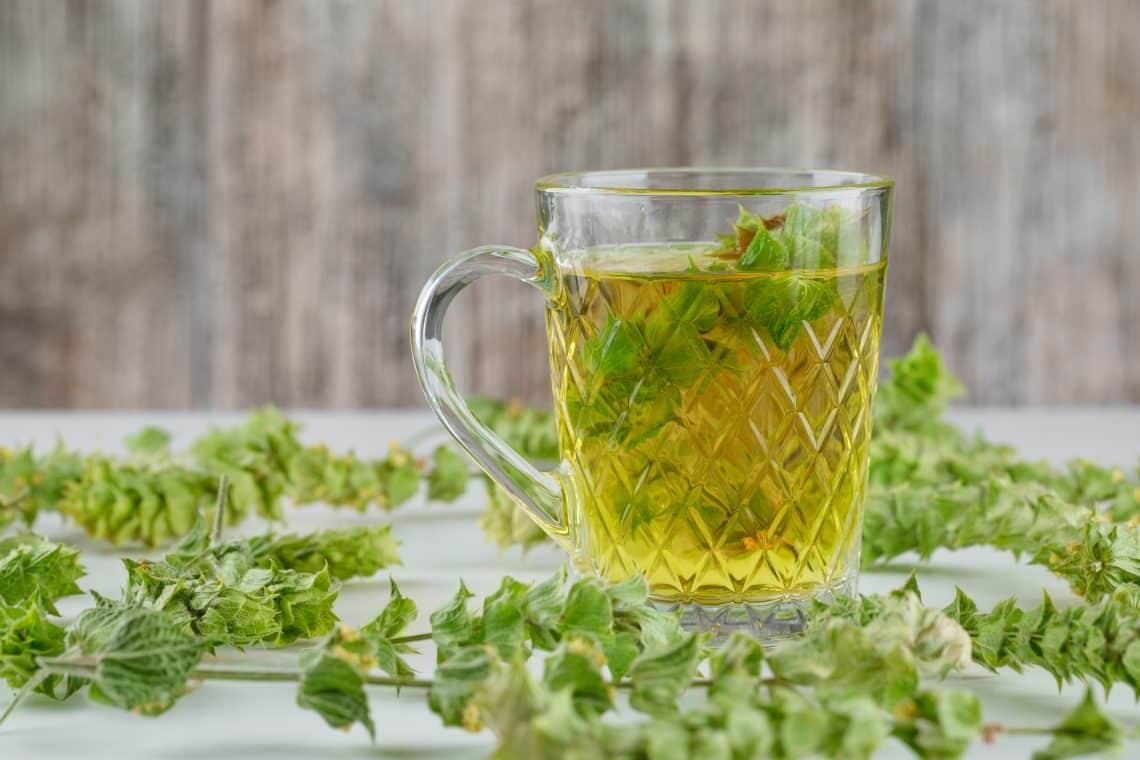







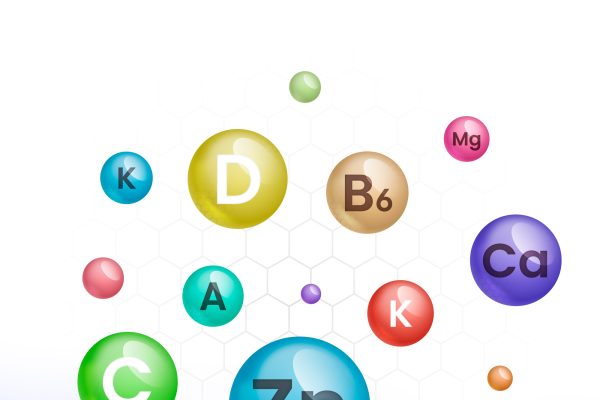
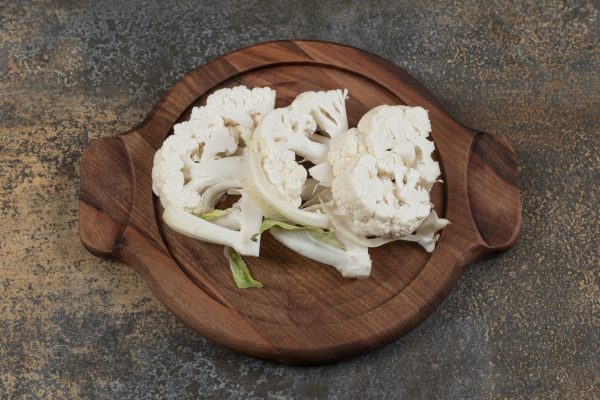
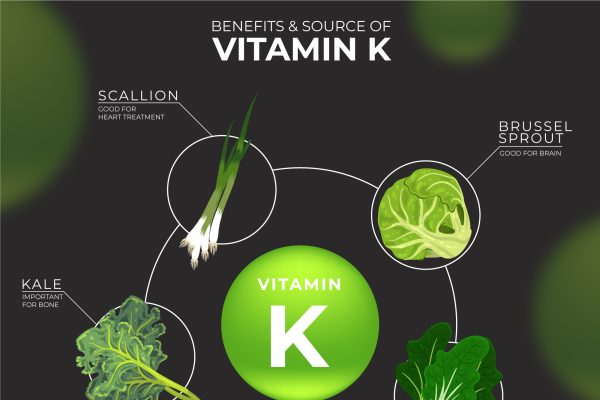
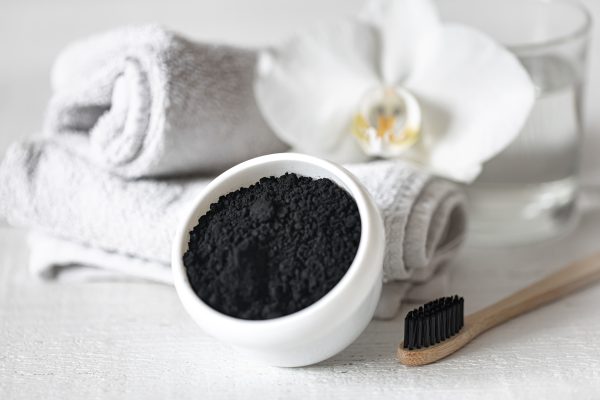

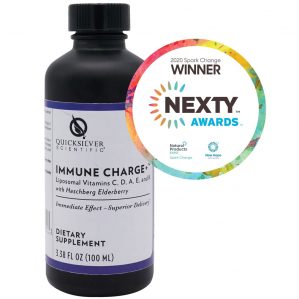
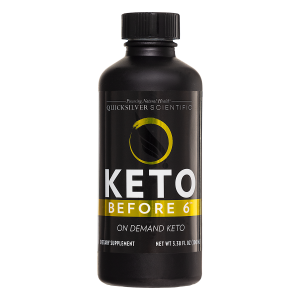














1 Comment
[…] it was considered a sacred plant in Hindu culture. In India, Ocimum sanctum, commonly known as Holy Basil or Tulsi, has been worshipped for its spiritual and medicinal properties. Tulsi is often planted near Hindu […]